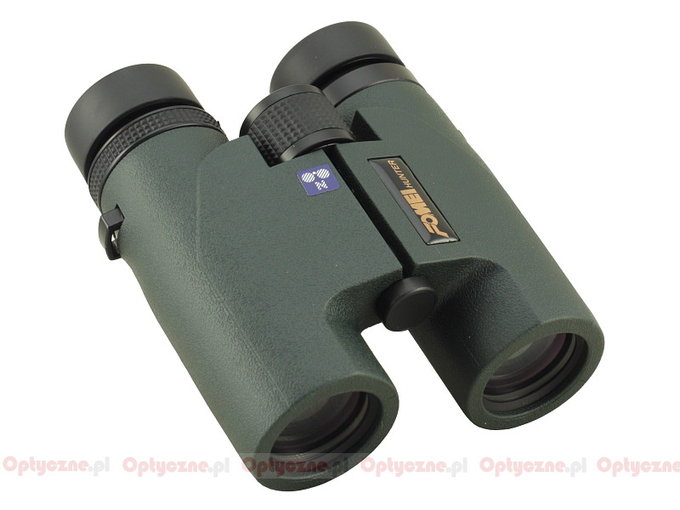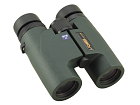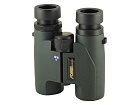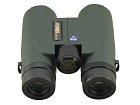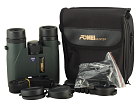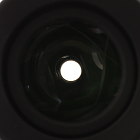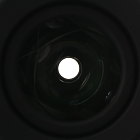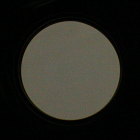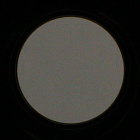Fomei Hunter II 8x32
The instruments features an achromatic front lens and Schmidt-Pechan roof prisms made of BaK-4 glass. All air-to-glass surfaces are covered with antireflection multilayer coatings FMC.
The Hunter II 8Ś32 set of binoculars is delivered with a simple holding strap and a nylon case, adapted to be strapped to a belt or carried on a separate strap. The case has a classic zip fastener and a velcroed flap as well. The instrument comes with a three-year-long warranty.
| Magnification | Lens diameter | Angular field of view | Prisms | Eye relief | Weight | Price |
|---|---|---|---|---|---|---|
| 8 | 32 | 129/1000(7.4o) | BaK-4/roof | 16 mm | 596 g | 350 PLN |
Summary
Pros:
- surprisingly solid build quality,
- good work of all mechanisms,
- good quality BaK-4 prisms,
- low astigmatism,
- quite well corrected coma,
- almost circular exit pupils on sufficiently dark background,
- minimum focus already from 1.1 metres.
Cons:
- field of view narrower than declared,
- one air-to-glass surface not covered by anything,
- image on the edge of the field should have been sharper
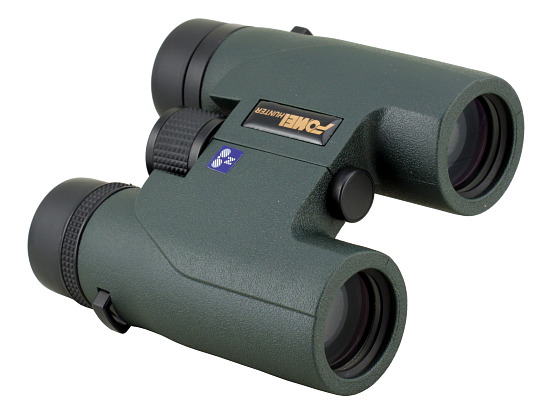 |
Roof prism binoculars costing up to 150 Euro are often full of painful compromises. When we start thinking this fact through the reasons become pretty clear. Recently a quite vivid comparison was made on our discussion forum. For a pair of glasses with glass and rims of good quality you must pay nowadays over one hundred Euro. You can hardly demand miracles from a pair of binoculars with a similar price tag, then.
The producers still try to cope with such a task but the results in most of cases are average at most. When it comes to our 8x32 binoculars’ test we dealt with the Fujinon HCF 8x32 and the Delta Optical Sport 8x32 in this price category. The first of these instruments suffered a resounding defeat, the second somehow managed to defend itself but mainly because of its low price. How the new Fomei Hunter II 8x32 fares here? Let’s check it out.
Let’s start with advantages and we surprisingly don’t lack these. The build quality of the tested lens was for us a very nice surprise indeed. The cheapest Chinese products often are characterized by smelly rubber padding which sticks out, backlashes, excess of grease, dust and bad blackening inside the inner tubes. The Fomei looks as if it came from a bit higher price segment. The barrel and the build quality are beyond reproach, the prisms are not too small and they don’t make the exit pupils truncated or distinctly egg-shaped. The pupils themselves are positioned on a quite dark background.
Now, let’s pass to those compromises; you have to start from the coatings here. Cheap and greenish MC coatings, ordinary aluminum reflection coatings on the Schmidt-Pechan prisms, one air-to-glass surface inside the binoculars not covered at all – these shortcomings make the transmission and colour rendition less than good.
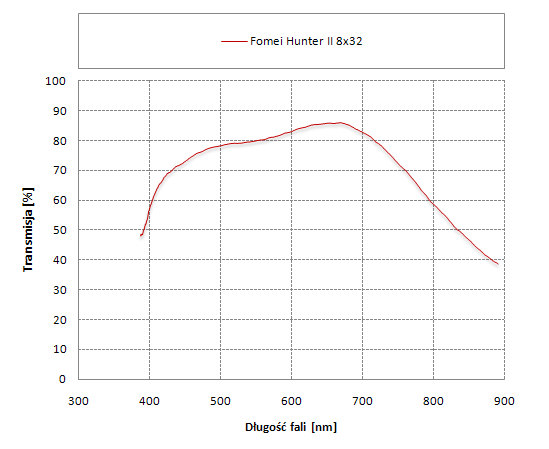 |
In the centre of the visible spectrum the transmission reaches 80%. You get what you paid for, right? In the red part of the spectrum we have even 85% but in the blue part only 75% for a change.
Chinese factories treat the declared specifications of the cheapest instruments very liberally. The objective lenses in this pair of binoculars are a bit smaller than 32 mm and the field of vision is by 0.5 of a degree narrower than officially stated. What’s more, that small field is also burdened by visible distortion and not very sharp on the edge. In specific conditions you can observe a thin dark line in the field of view – it is a visible joint of roof prisms which are positioned on each other.
To sum up bearing in mind the fact that a roof prism pair of binoculars for about 100 Euro cannot be a perfect instrument, the Fomei Hunter II 8x32 can give you a lot of joy. It provides a decent image and its build quality is surprisingly good. The most painful compromise here seems to be a not very impressing field of view which is also rather fuzzy on edges. If you can resign yourself to it, though, at a very low price you can have an instrument which won’t fall apart after six months of intensive wear and tear.




